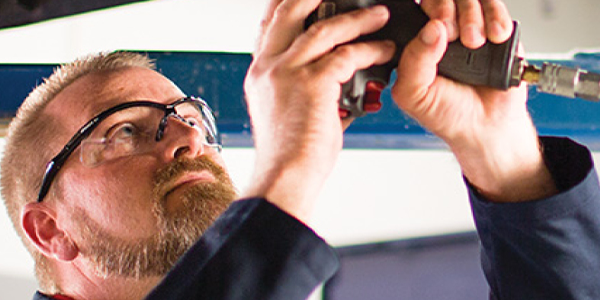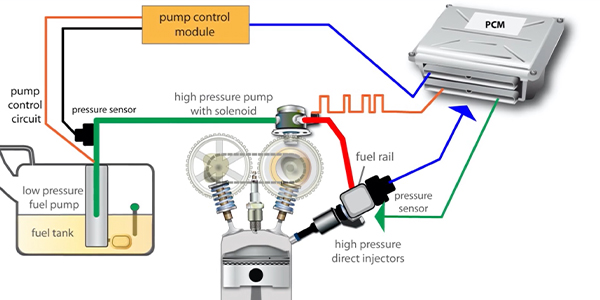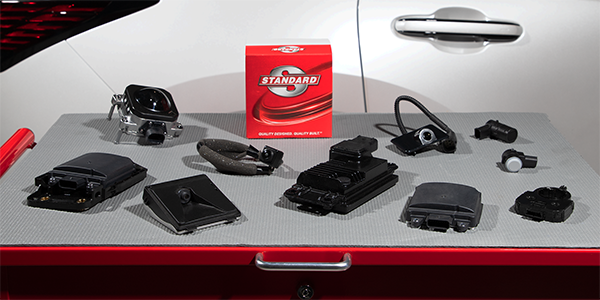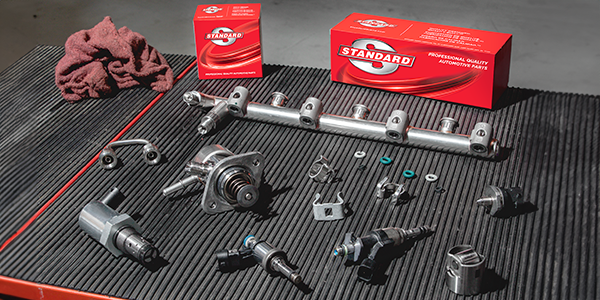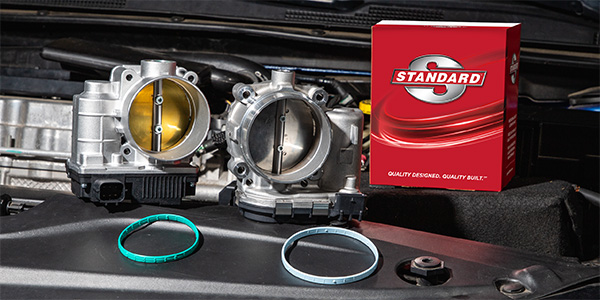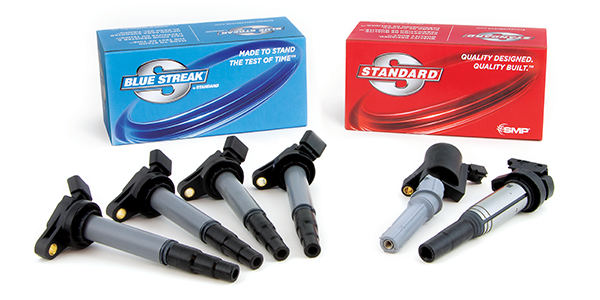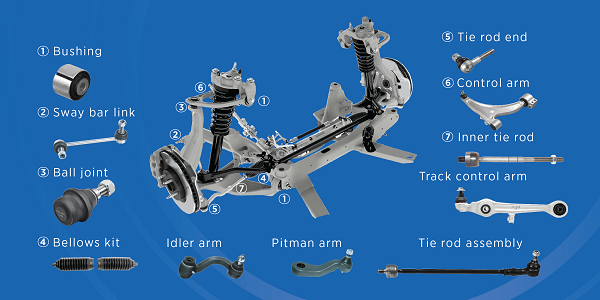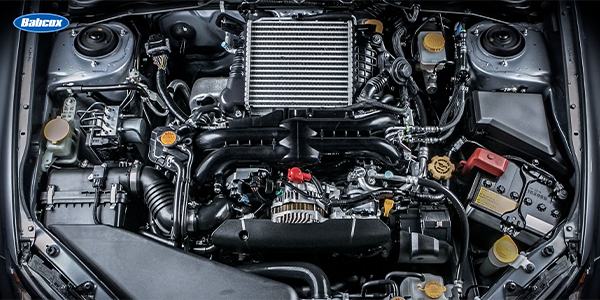Fuel pump failures are never a one-size-fits-all diagnosis.
Different symptoms indicate different problems and often, the pump will still function—albeit erratically—as it fails. Explaining this to customers isn’t always easy, especially because many of them may not know that the fuel pump has more than one role.
Shop owners and technicians can help customers understand the function of the pump itself and the signs of failure to watch out for.
Helping Customers Know the Signs of a Failing Fuel Pump
Like any wearable part in any vehicle, fuel pumps will show indications if they experience problems during their service life.
The fuel pump’s primary role is to move fuel from the fuel tank to the engine, but if it contains a built-in regulator (a feature not found on all fuel pumps), then it also regulates fuel pressure, which can seem to mask the severity of certain malfunctions. In either case, there are some common fuel pump trouble signals that customers should be aware of:
Weak or difficult engine starting – Many things can contribute to poor or sluggish starts, and a dip in fuel pressure is certainly one of them. This will rob the engine of the fuel needed to start smoothly, or at all.
Engine sputtering – Another telltale sign of low fuel pressure. If the engine starts normally and runs fine at slower speeds but sputters or stalls at higher speeds like highway driving, a malfunctioning fuel pump could be the culprit.
Engine surging – Inconsistent fuel transfer indicates a failing pump. If the fuel pump sends too much fuel to the engine, drivers will experience uncontrolled spikes in acceleration and RPMs. Not enough fuel can cause the engine to stall.
Some Common Causes of Fuel Pump Failure
Simply pointing out the obvious signs of fuel pump problems to shop visitors isn’t always enough. It’s helpful to correlate them with their causes—this is something customers will appreciate.
Corrosion and contamination both contribute to fuel pump malfunction. If the fuel tank contains too much moisture—caused by water forming inside the tank and separating from the fuel into its own threatening layer—then the fuel pump is subject to rust and corrosion as oxides form on the pump’s sensors.
Another source of failure stems from wear expedited by improper lubrication and overheating. Because the fuel pump in most vehicles is in the fuel tank itself, the fuel in the tank keeps the pump from getting too hot or drying out. If the customer spends a lot of time driving close to “E”—which is happening more often with today’s fuel prices—then the risk of the pump running hot or becoming insufficiently lubricated becomes apparent.
Contaminated fuel is another common cause of fuel pump failure, one that can be hard to detect or prevent.
This can occur if the customer buys “bad” fuel that has been sitting too long, or if the gas station’s fuel pump filters don’t trap enough contaminants such as rust or other harmful particles that may be present in the station’s storage tanks. If such particles enter the vehicle’s fuel tank, they can clog the fuel filter, damage the fuel pump’s sensors and place added strain on the pump itself.
How Customers Can Maximize Fuel Pump Efficiency
Some customers only want to know if the part needs replacing or not. But depending on their vehicle and driving habits, there are some ways you can help them get the most mileage out of their existing fuel pump, even if it’s starting to fail. Here are some tips you can give them:
– Use fuel stabilizer if the car sits for long periods of time, like a vehicle they only drive in certain seasons. This will help keep the fuel from going bad.
– Don’t regularly drive on “E.” Keep the gas tank at least ¼ full to keep the fuel pump cool and lubricated.
– Don’t ignore O2 sensor warnings. If the O2 sensor is bad, it will indicate inaccurate oxygen levels that can unnecessarily stress the fuel pump, making it wear faster.
Carter Engineered Quality® fuel pumps are designed to meet or exceed all OE specifications and are engineered for correct operation. Each Carter® fuel pump is 100% factory-tested, and purpose-built to meet the high demands of efficient fuel delivery for today’s advanced engines.
Since 1909, Carter® has been an industry leader and premier manufacturer of fuel pumps, water pumps, assemblies and accessories, with warranties available for additional peace of mind. See the full line of products at carterengineered.com.
This article is sponsored by: Carter Fuel Systems

